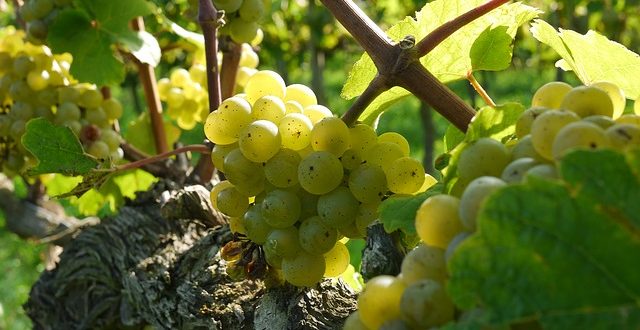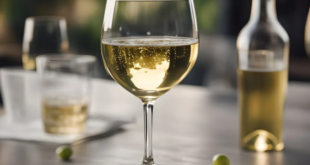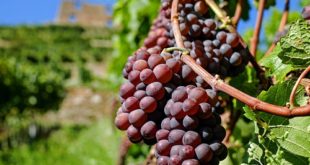Here is a grape or is it the name with an identity crisis: Several grapes from around the world have Riesling in their name, unfortunately not all produce good wines. To make matters worse, mistakenly some of the cheap sweet plonks such as Liebfraumilch are assumed to be Riesling based, when actually the main grape is the unspectacular off-spring Muller-Thurgau.
Best examples are crisp with citrus flavours, lowish strength they are refreshing and easy to drink. Unlike many whites, they improve through ageing. The best examples are very good, sadly though, even in Germany, some examples are worth avoiding.
German growers are returning to the grape, at the expense of the widely grown Muller Thurgau, aiming for quality over quantity. Forget your prejudices that German whites are sweet and bland, and for something different seek out a genuine Riesling.
Look out for
Rhine Riesling, White (Weiss) Riesling or simply Riesling, normally refers to the sought after variety. Germany’s Rhine and Moselle valleys and France’s Alsace region produce dry, light wines with delicate flavours. Taking advantage of noble rot, the grape will also produce outstanding desert wines. Austria and Northern Italy also produce the genuine article.
New Zealand produces excellent examples. Australia, despite the warm climate has succeeded by selecting cooler areas. In New York state to add further confusion, the genuine article is sometimes known as Johannisberg Riesling, good examples are made.
Others
Cape Riesling of South Africa has nothing to do with Riesling, it is actually made with the blander Crouchen grape.
Other names which have nothing to do with the real thing are; Welsch, Grey, Laski and Emerald Riesling.
Muller Thurgau is a cross with Madeleine Royale. It’s a heavy reliable cropper that suits the cooler climates of Germany, the UK and other Northern European countries. It lacks the finesse of it’s parent.
 Vino-Club For Wine Lovers
Vino-Club For Wine Lovers






